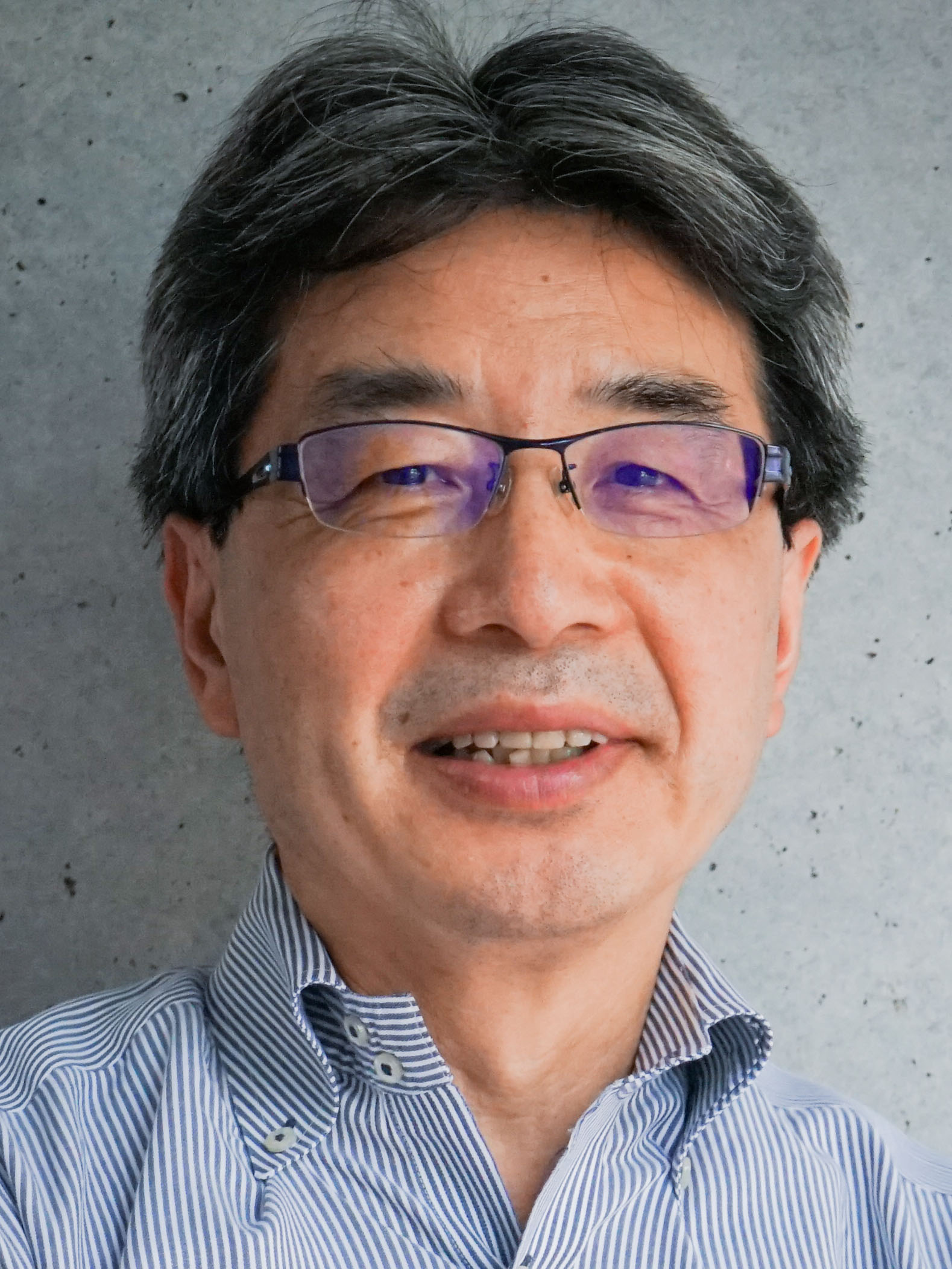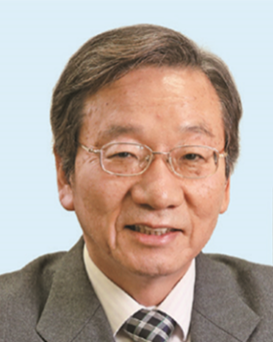Small unmanned aerial vehicles, including drones, are prone to flight instability and falling in air turbulence caused by the natural environment and artificial structures. Improving their avoid-falling properties (robustness) and avoid-crashing properties (intelligence) is one of the biggest challenges. For these fundamental technologies, however, researchers in this field have not developed a theoretical system yet. In other words, there are significant chance and challenge for these smart technologies in the sky.
Now, some of the drones we are developing at CAIV get inspiration from living organisms. Living organisms in the natural world have evolved using their intelligence, interacting with the surrounding environment using their unique forms and movements. At CAIV, we focus on revealing the fundamental design principles for stable flight itself by analyzing the flexible structures, wing movements, and senses in these organisms. With this research and development approach, we will contribute to create a new industry for drones in the next generation.
CAIV has also established a donated course to promote research and educational activities. In this course, we open the Aerial Intelligent Vehicles Program for doctoral students, aiming to foster young researchers in the drone field. We will provide various programs such as project-based learning where students can learn with their interests, dispatch research to institutions overseas, and research strategy guidance tailored to their career paths. These programs are designed so that students can obtain necessary skillsets for global leaders, such as skills for interdisciplinary research, seeing things from a global perspective, communicating people with different background, and working smoothly in various practical situations.
The idea to establish this donated course as well as an advanced center (CAIV) for the next generation drone-oriented research and development, is based on a request from Professor Emeritus of Chiba University and President of the Advanced Robotics Foundation (ARF), Kenzo Nonami. With tremendous financial supports from ARF and the University of Tokyo Edge Capital Partners (UTEC) we were able to start this base and journey to promote both graduate education and research activities associated with the next generation air- mobility industry. Here we would like to express our deepest gratitude for their great help in realizing our shared goal of creating innovation and fostering young researchers. We warmly welcome more and more people to join us!
Hao Liu
Director, Center for Aerial Intelligent Vehicles
I have been researching drones at Chiba University for nearly 20 years and have produced 13 doctoral students and 30 master's students in drone-related fields. Based on these research experiences, we founded the university venture, Autonomous Control Systems Laboratory Ltd, in November 2013. Five years after its founding, in December 2018, the company became the first in the drone industry to be listed on the TSE Mothers market. With the resources obtained as a perk of being the founder, I wanted to return the favor to Chiba University, which had helped us in tangible and intangible ways, including intellectual property and incubation facilities.
The drone industry is currently under fierce international competition. Fostering young researchers is essential for us, so I have been thinking about the possibility of establishing an advanced drone research center at the university.
Through my company's management, I have keenly felt that “manufacturing” should be based on “human resource development.” We can only compete with others globally if we have excellent human resources. I also hope to guide young people to start their businesses. Drone research is a research discipline of integrated engineering; with a background in robotics, mechanical engineering, electrical and electronic engineering, information and communication engineering, and aeronautical engineering, core technologies such as autonomous drone flight control, hardware such as sensors, drive systems, and batteries, computer software technology, image processing, artificial intelligence, big data, IoT, cloud computing, and high-speed communication.
In particular, we can say that current drones are the cerebellum drones with an excellent sense of balance and motor skills. However, the near-future type of drones must be cerebrum drones with learning, intelligence, and decision-making functions. We have discussed this matter with Prof. Liu, who has been working with us in the ImPACT Tough Robotics Challenge (Chair: Nonami), a Cabinet Office project that ended in March 2019. Also, at the end of December 2018, we had a consultation with Pro. Seki, Director for Research Affairs at Chiba University. Since then, the university has been making preparations, and the CAIV finally opened in October 2019.
We see the “industrial revolution in the sky” and the “revolution in air transportation” will be happened around 2030. Our expectations for CAIV include developing drones that are as intelligent as birds, quiet drones that are friendly to the environment, pilotless vertical take-off and landing with passenger drones, and swarm drones that fly in an orderly formation of hundreds of aircraft. Our goal is to create innovation through cutting-edge research that will make the world of science fiction a reality.
We also hope to develop world-class young researchers through our educational programs as an interdisciplinary comprehensive engineering program. To this end, the Advanced Robotics Foundation will make every effort. I would like to express my sincere gratitude to Prof. Seki, Prof. Sato, and Prof. Liu for leading people to establish the CAIV. Last but not least, I would also like to thank Dr. Goji, President of the University of Tokyo Edge Capital (UTEC), to kindly support the donation.



